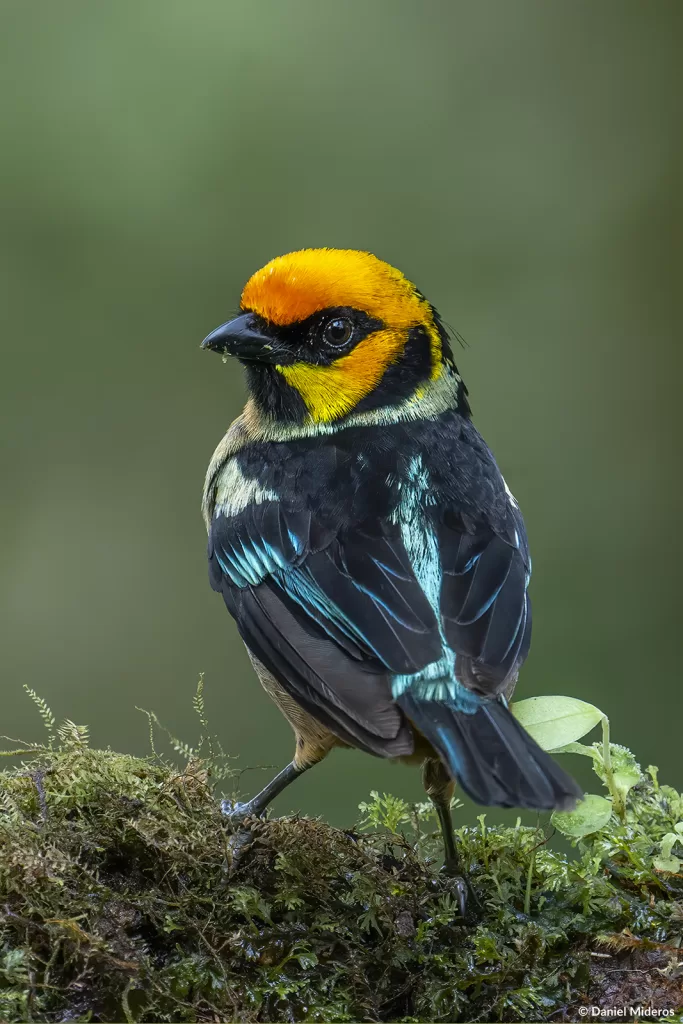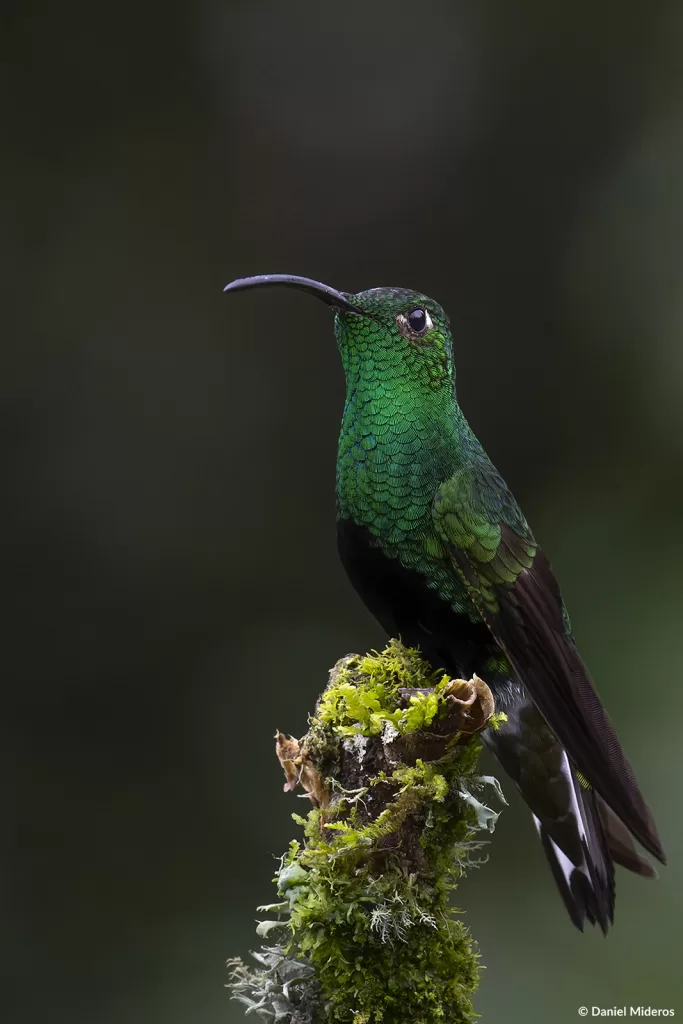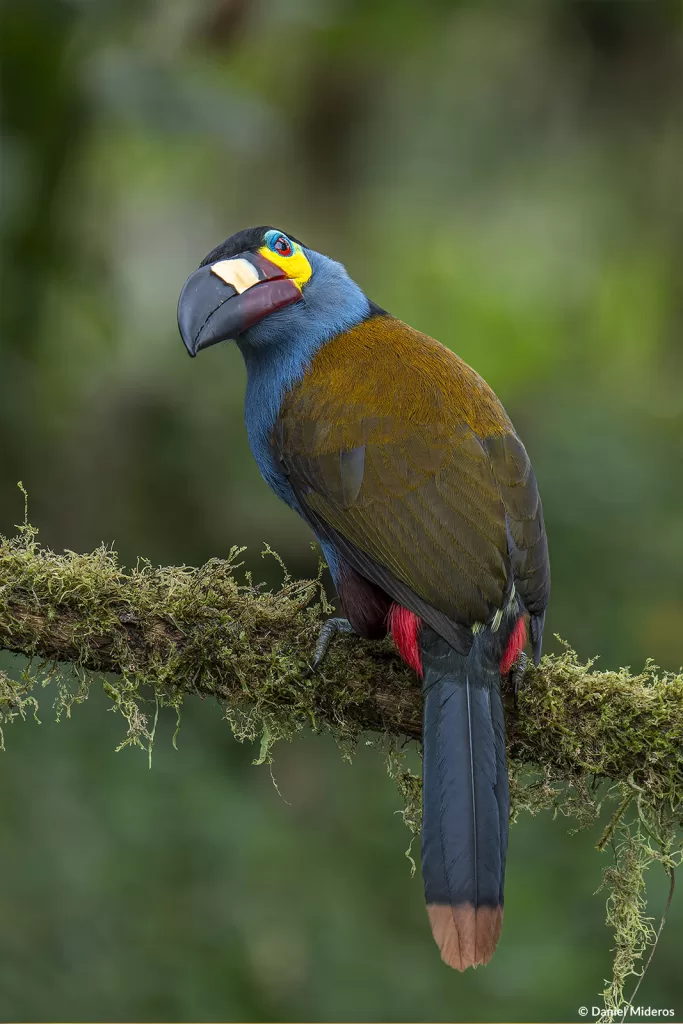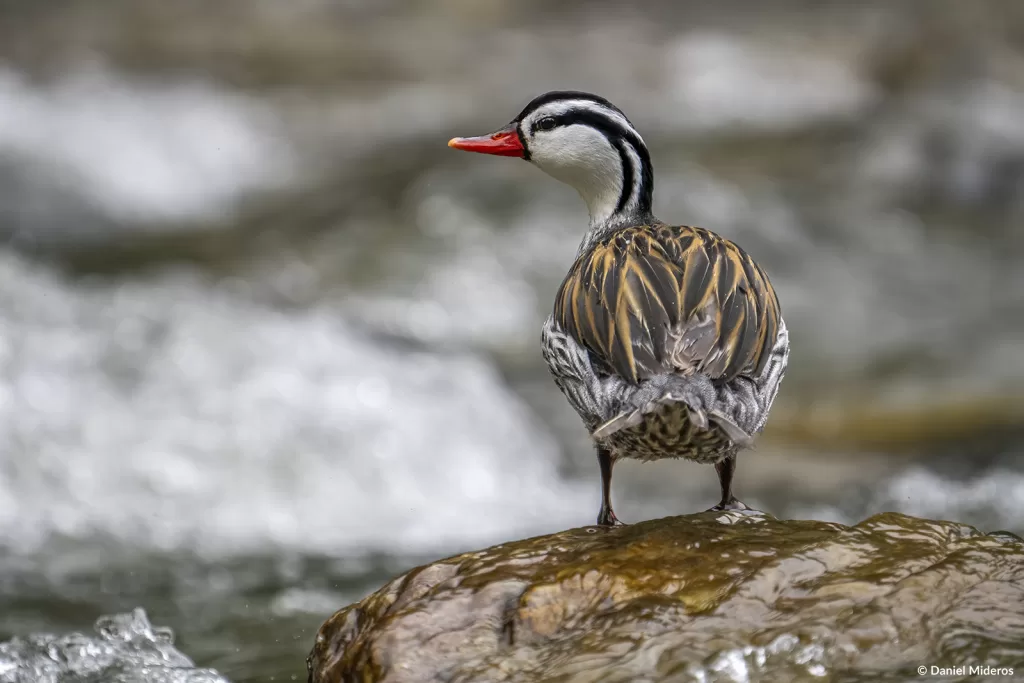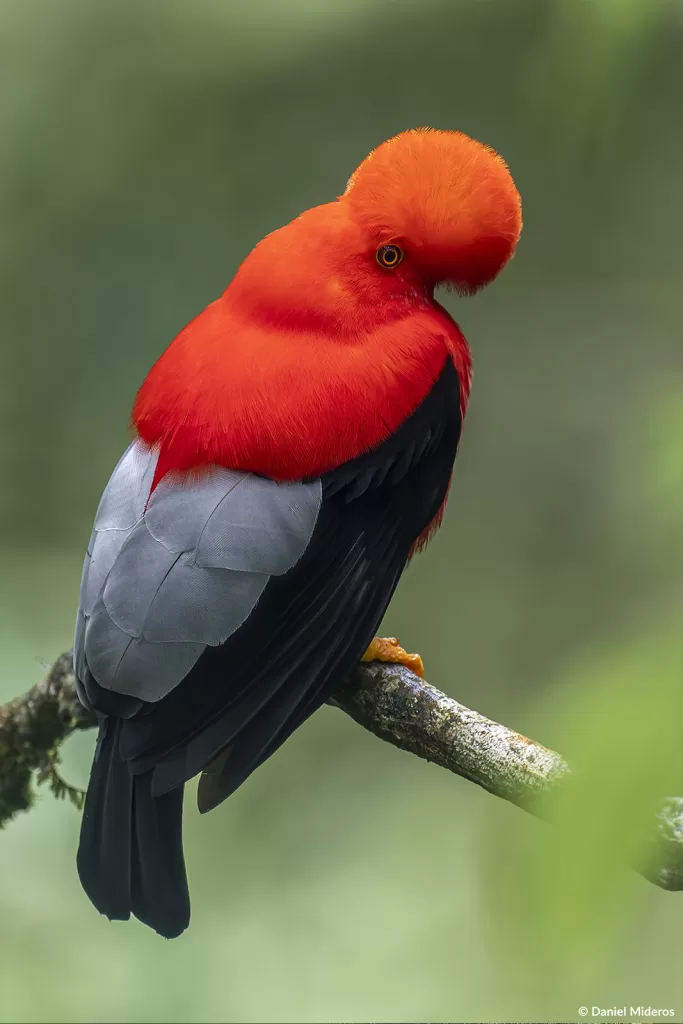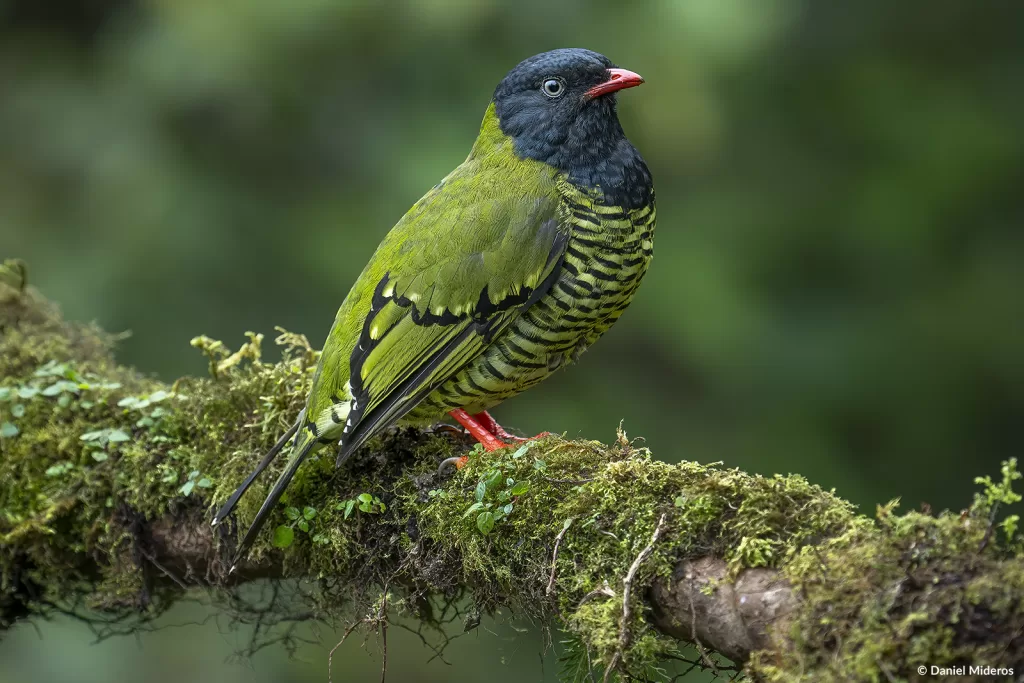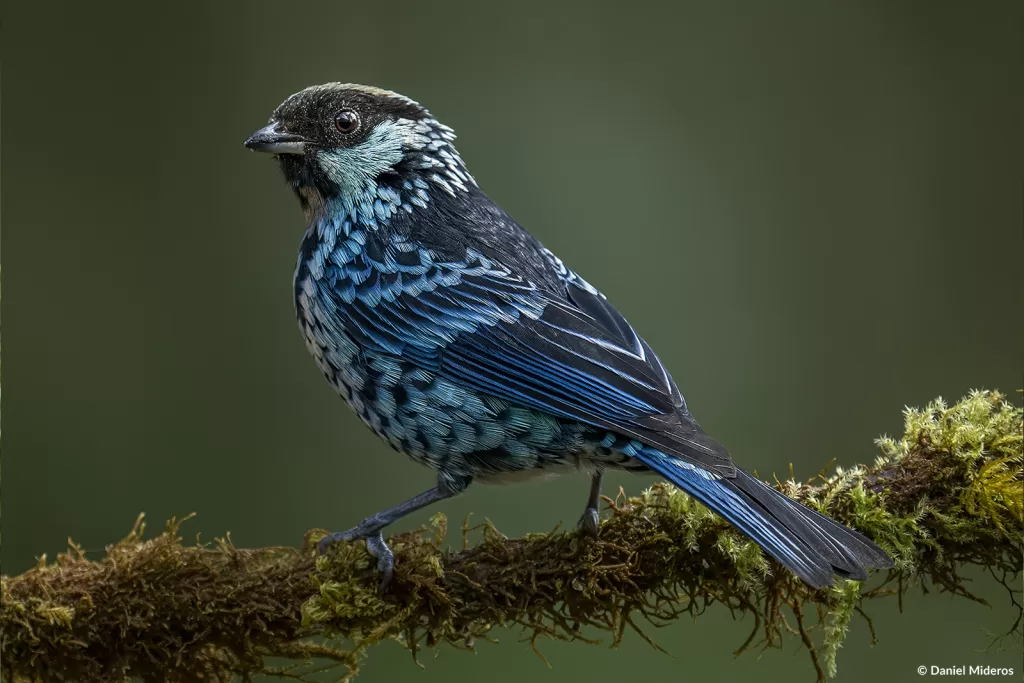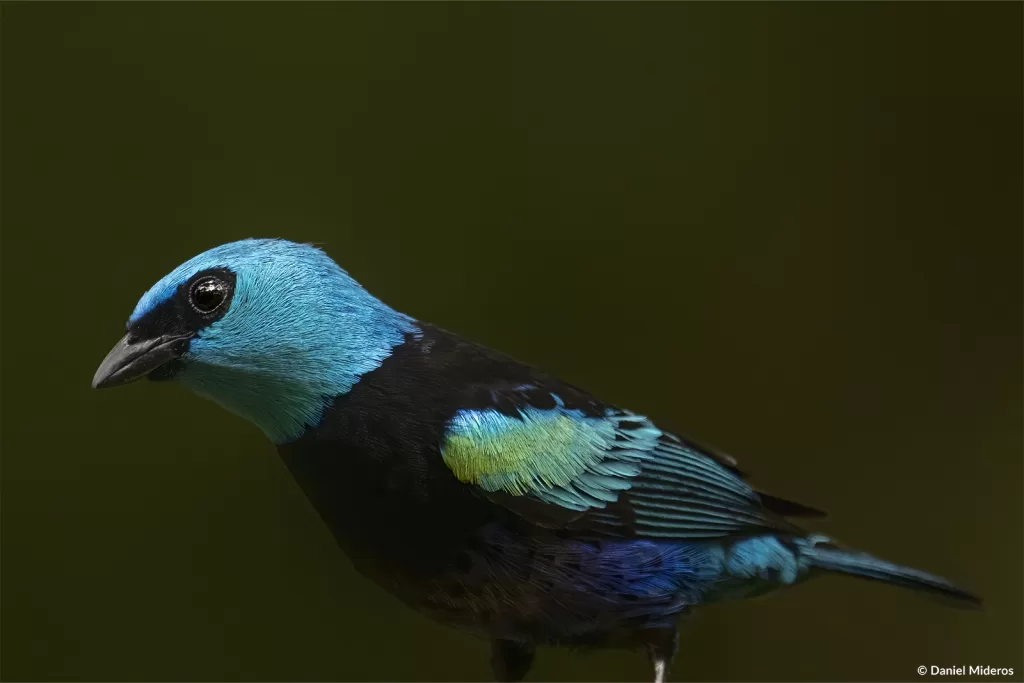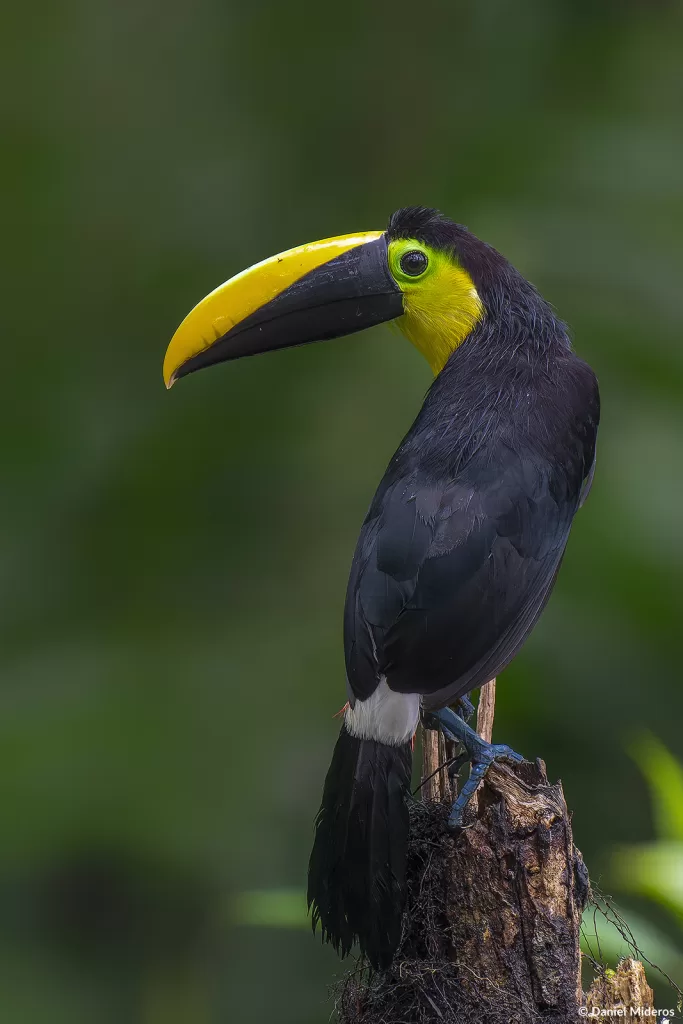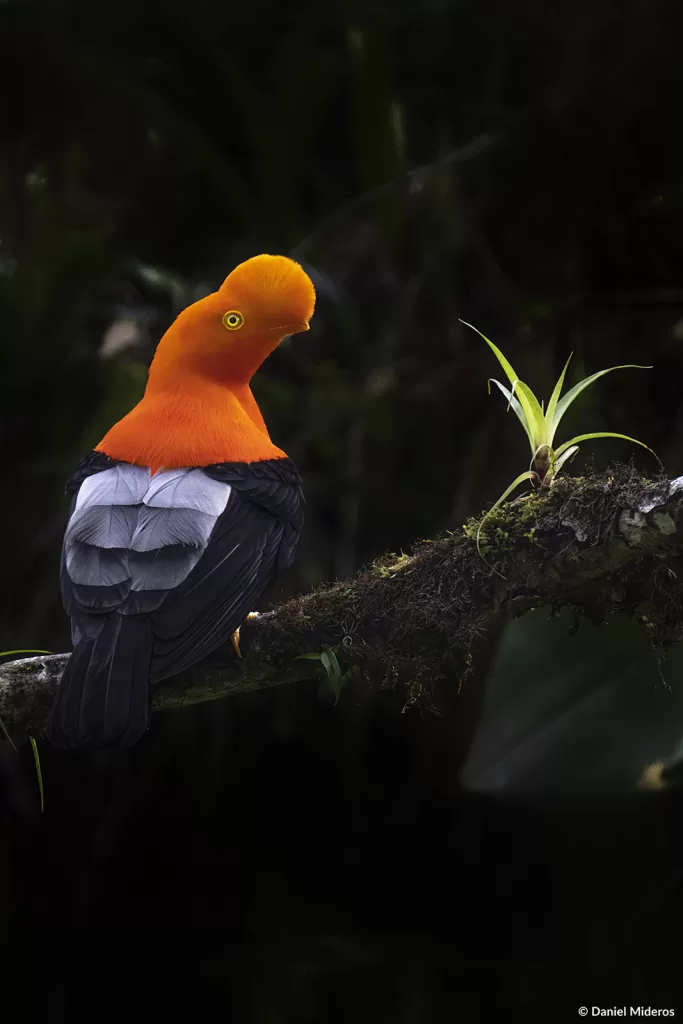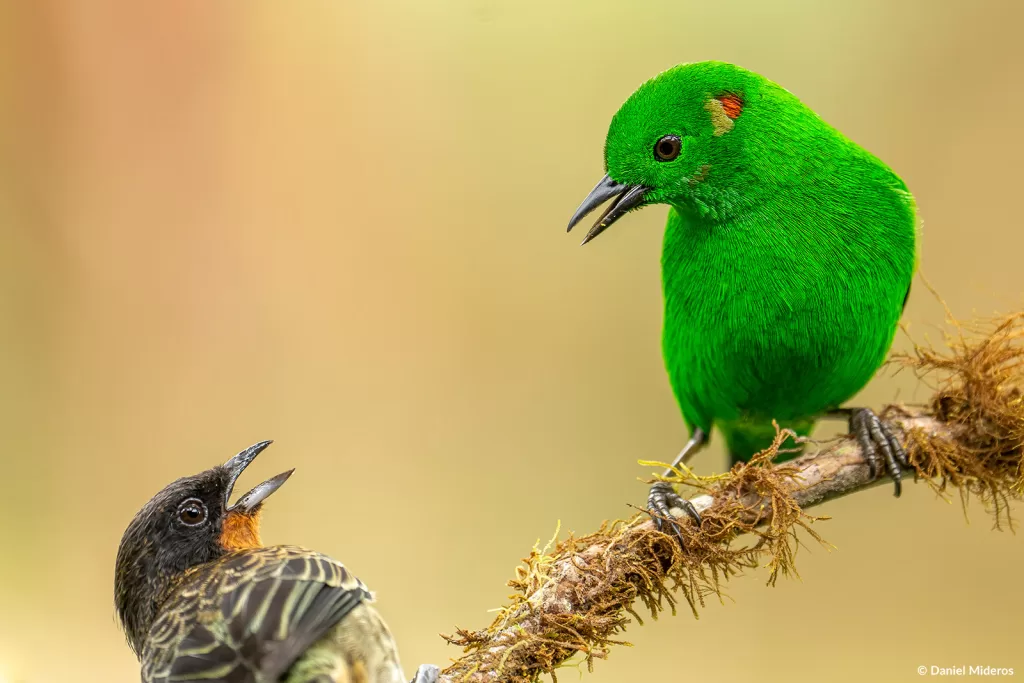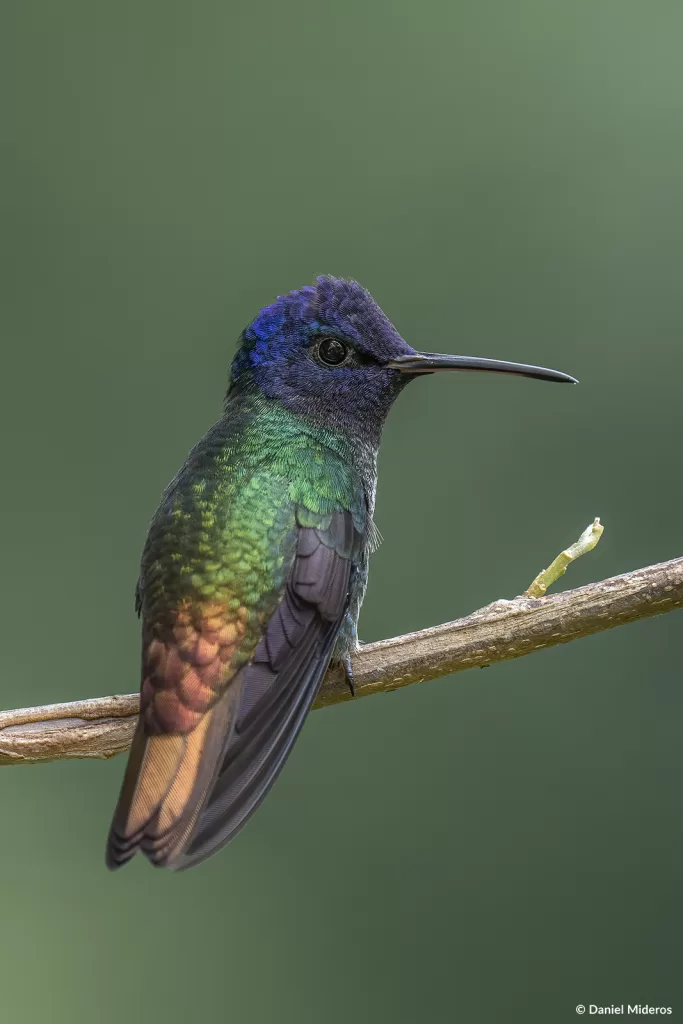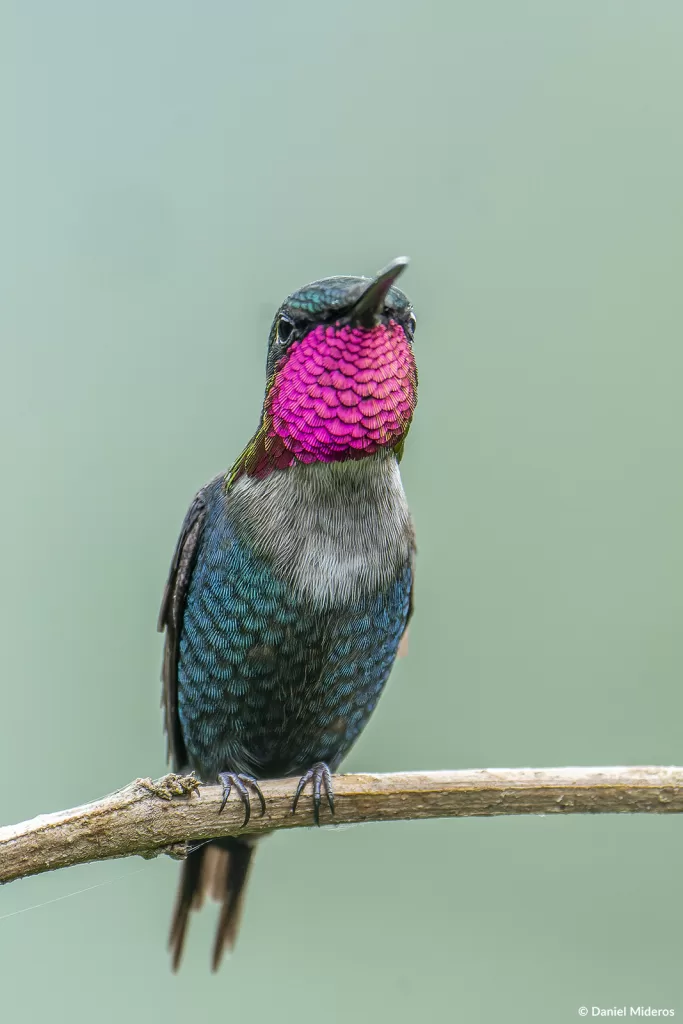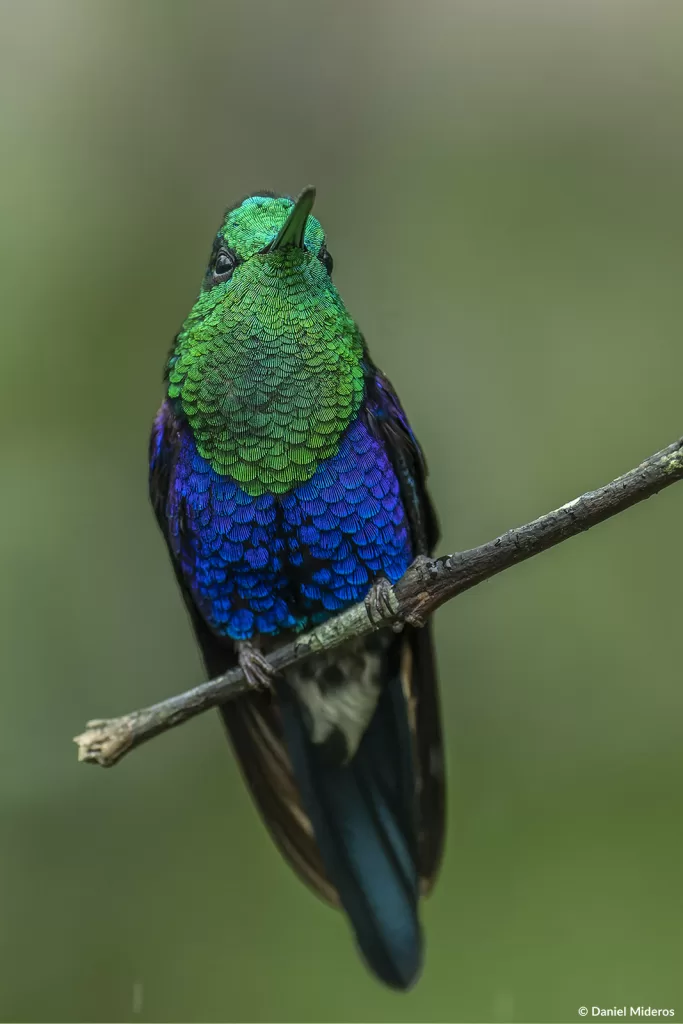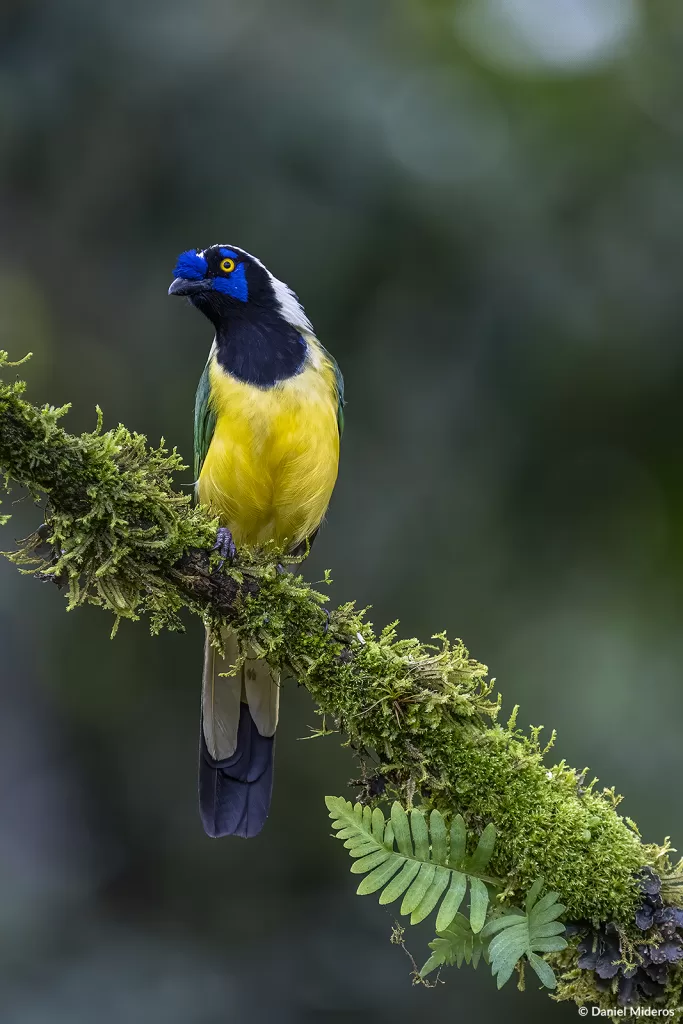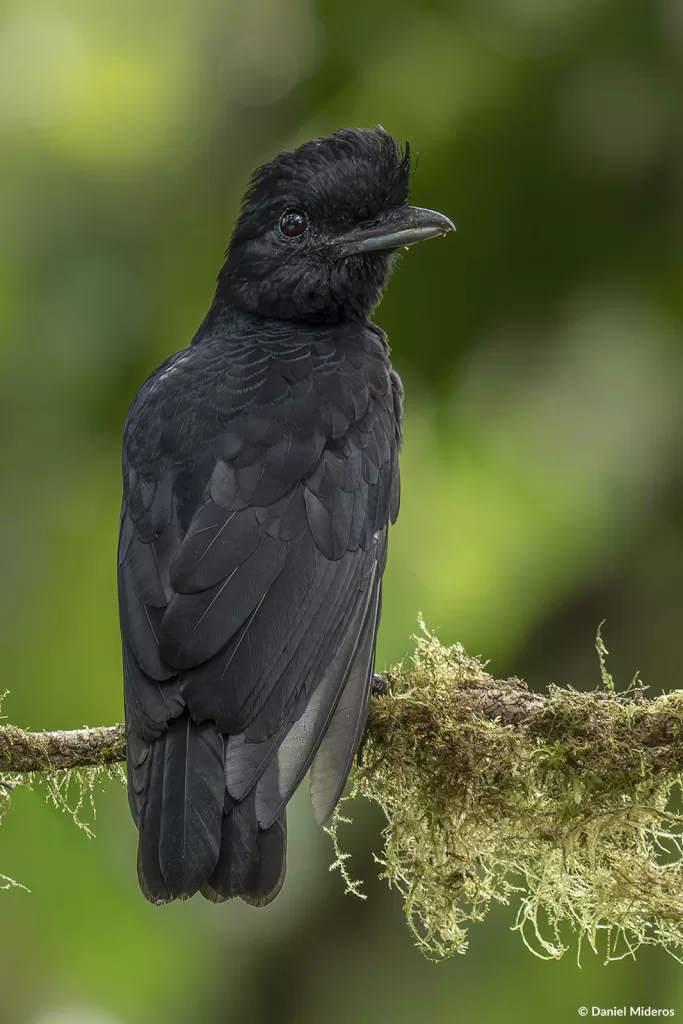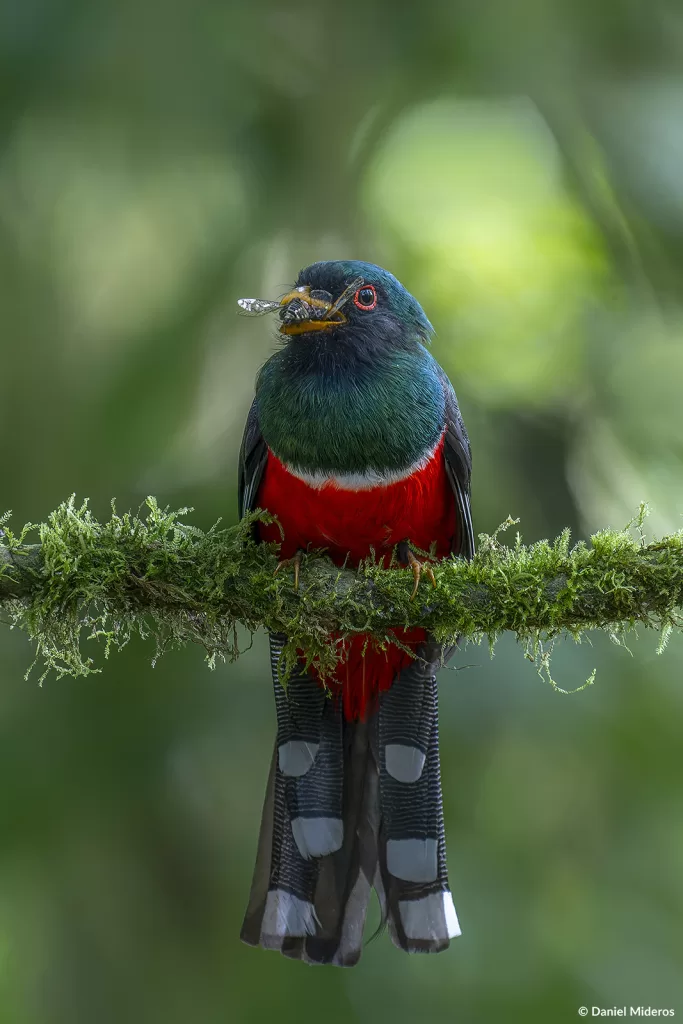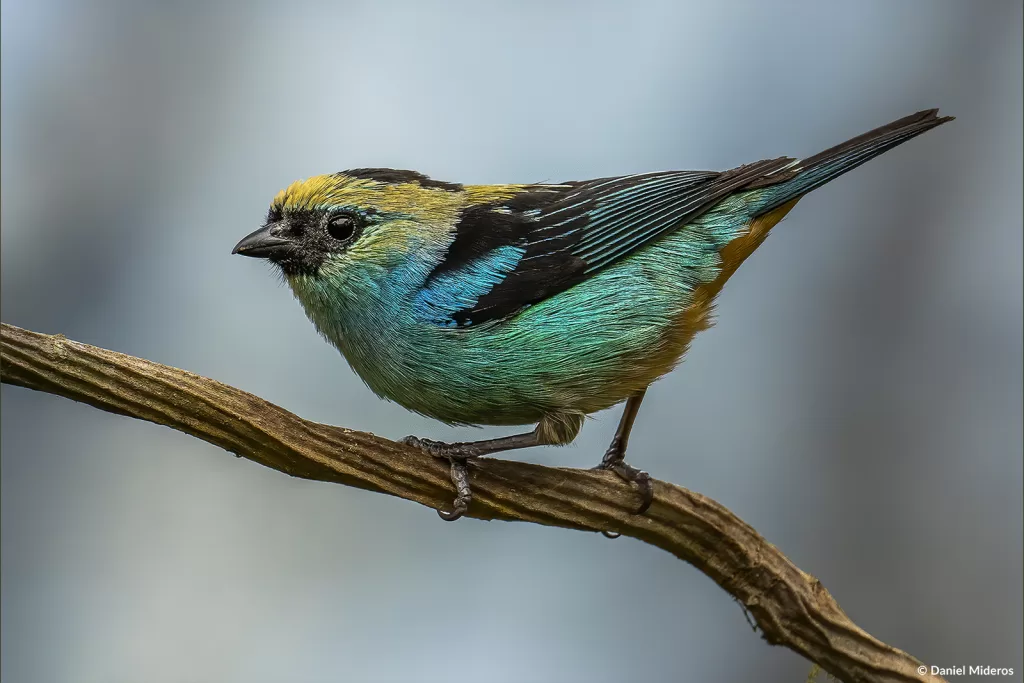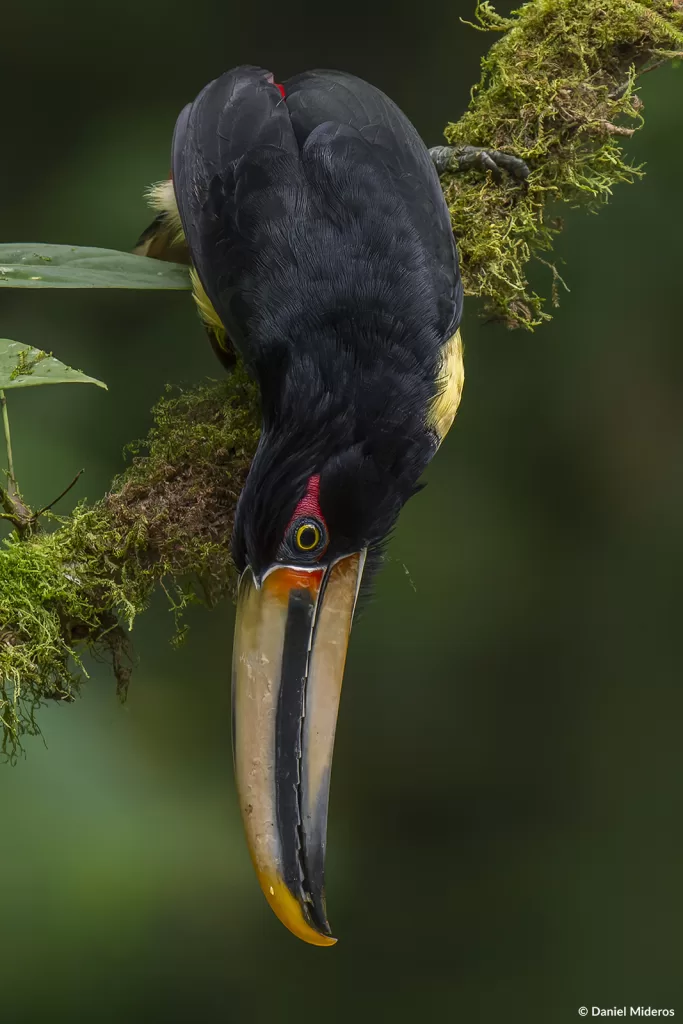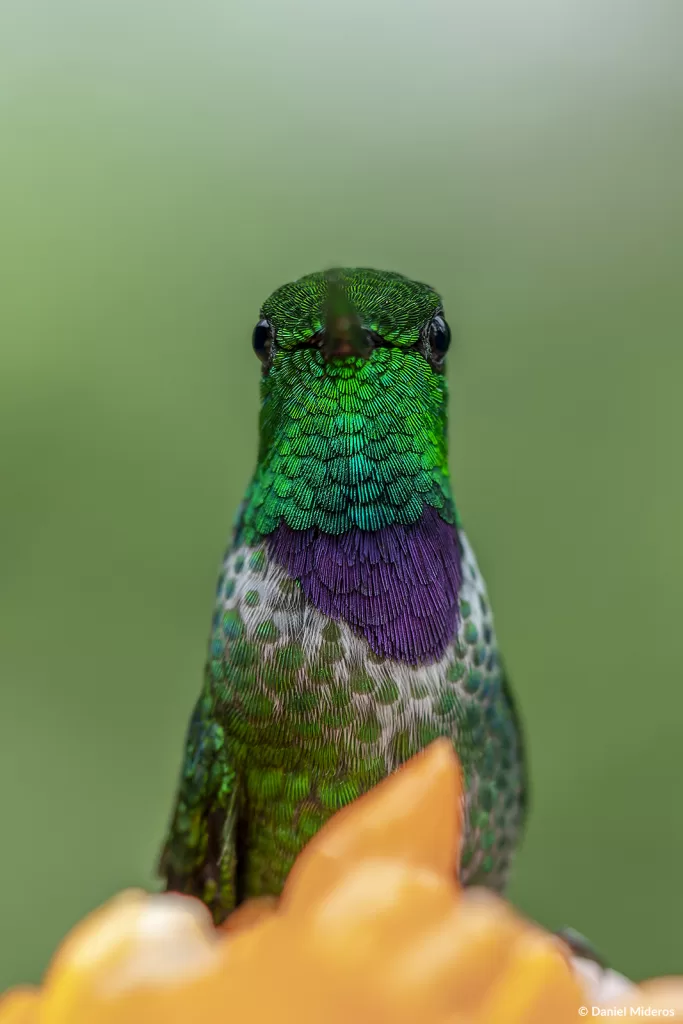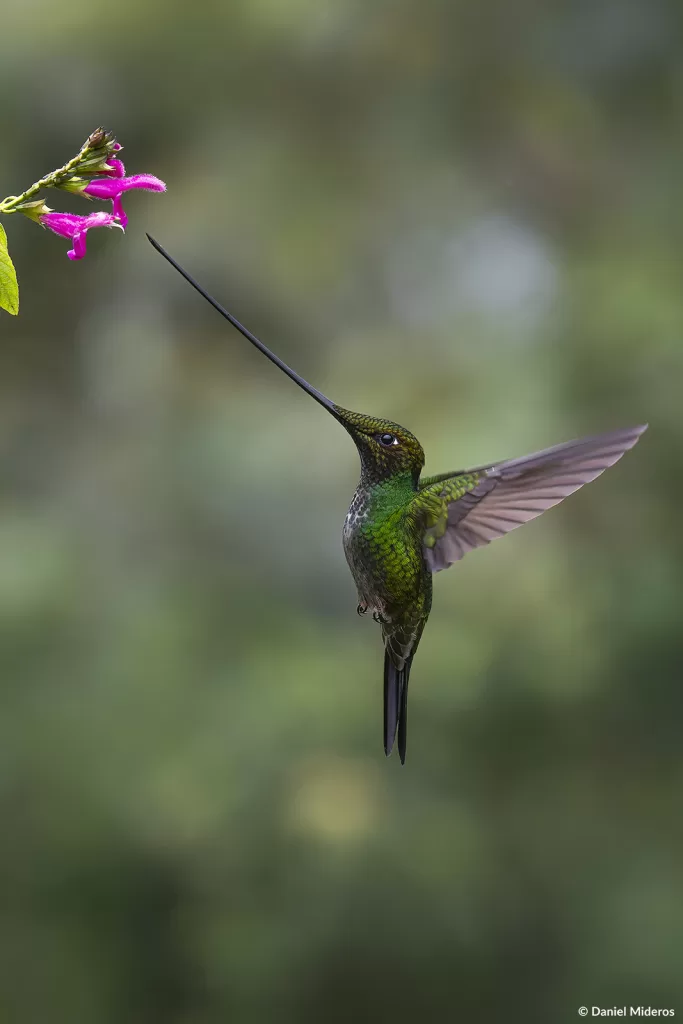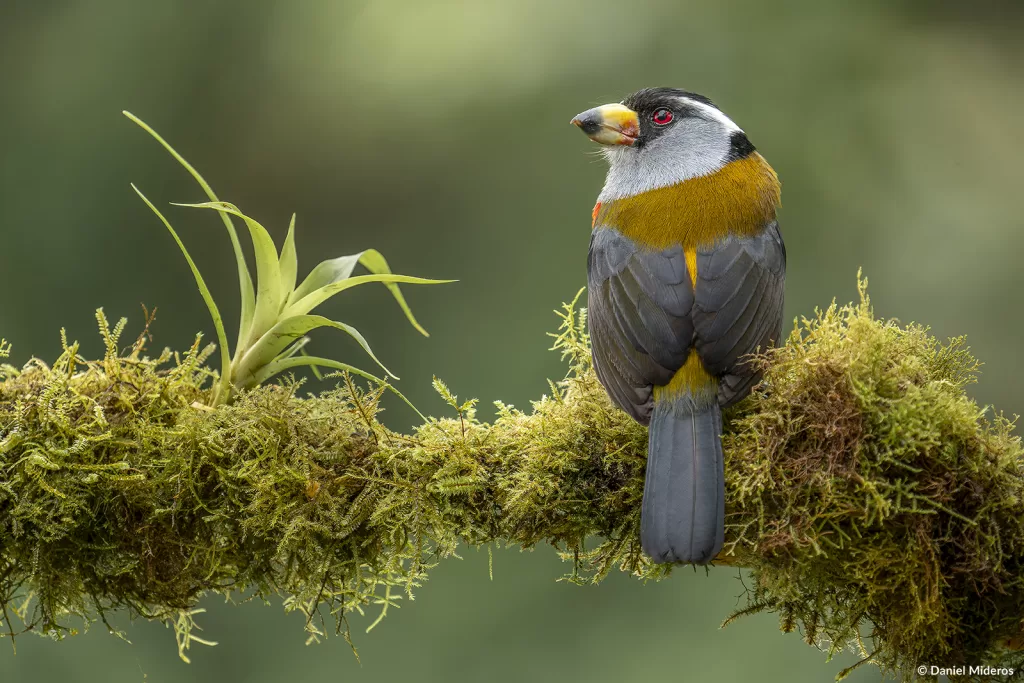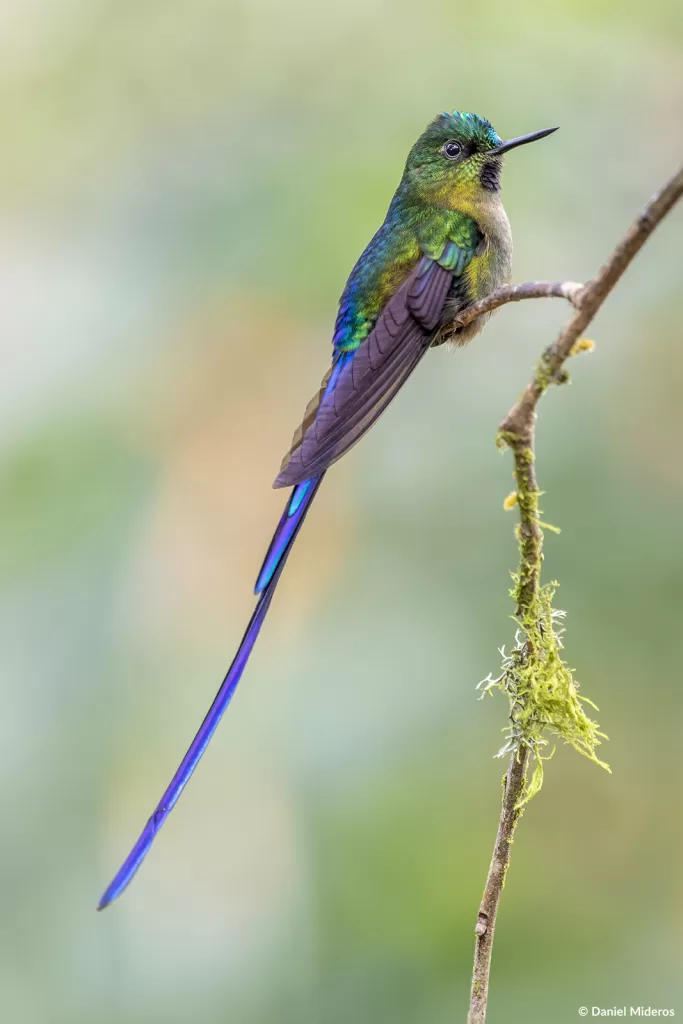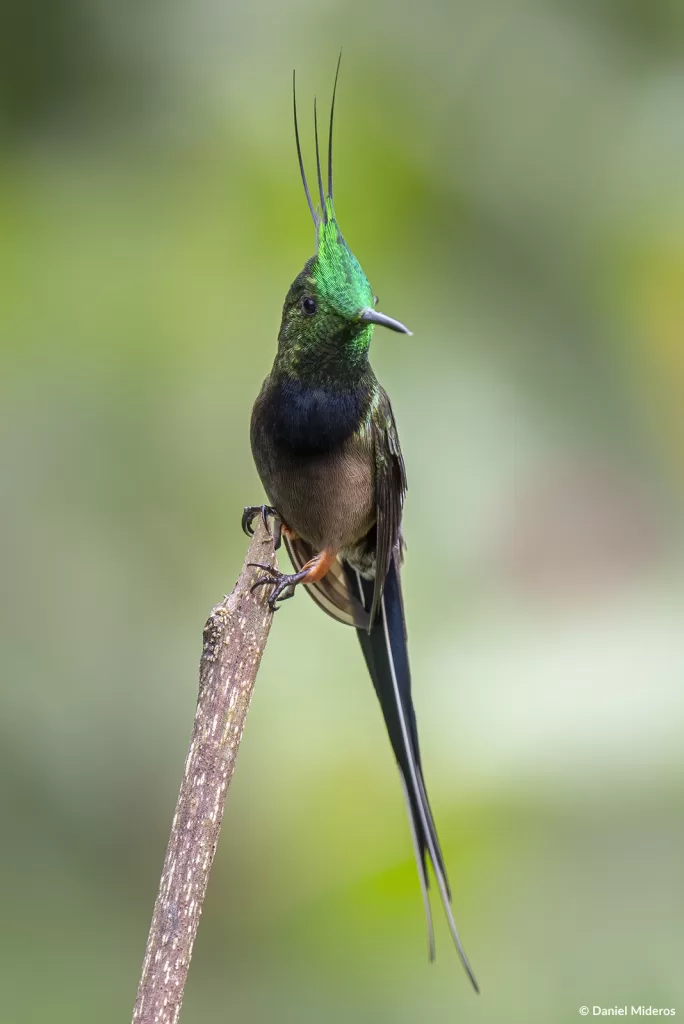Cloud Forest Birds
Scroll down
About the Tour
Join this unique photography adventure in Ecuador, exploring the vibrant cloud forests and the mystical Chocó in search of the country’s most spectacular birds. From iridescent hummingbirds to the majestic Andean condor, this 11-day tour will take you to prime reserves to capture unforgettable images. With the guidance of an expert photographer, you’ll enjoy strategic hides, advanced techniques, and exclusive access to biodiversity-rich habitats.
Book your spot now and experience the ultimate bird photography tour in Ecuador!
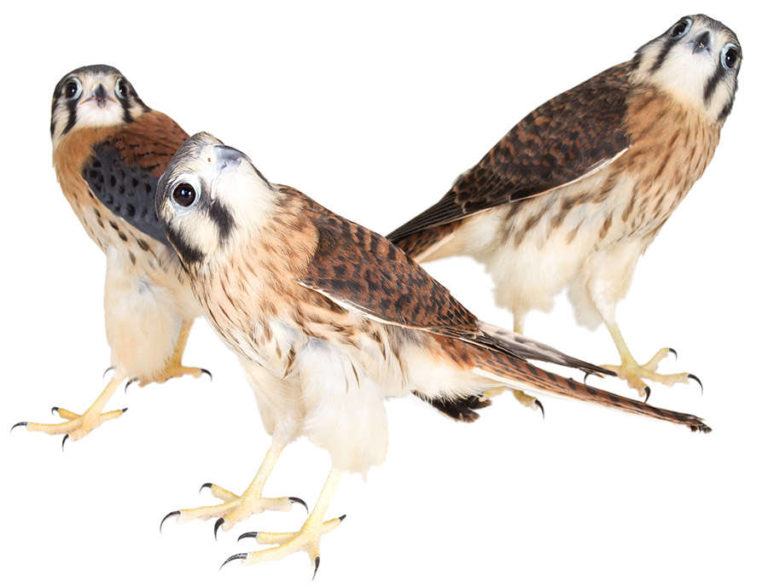
Date
All year
Activity level
Available spaces
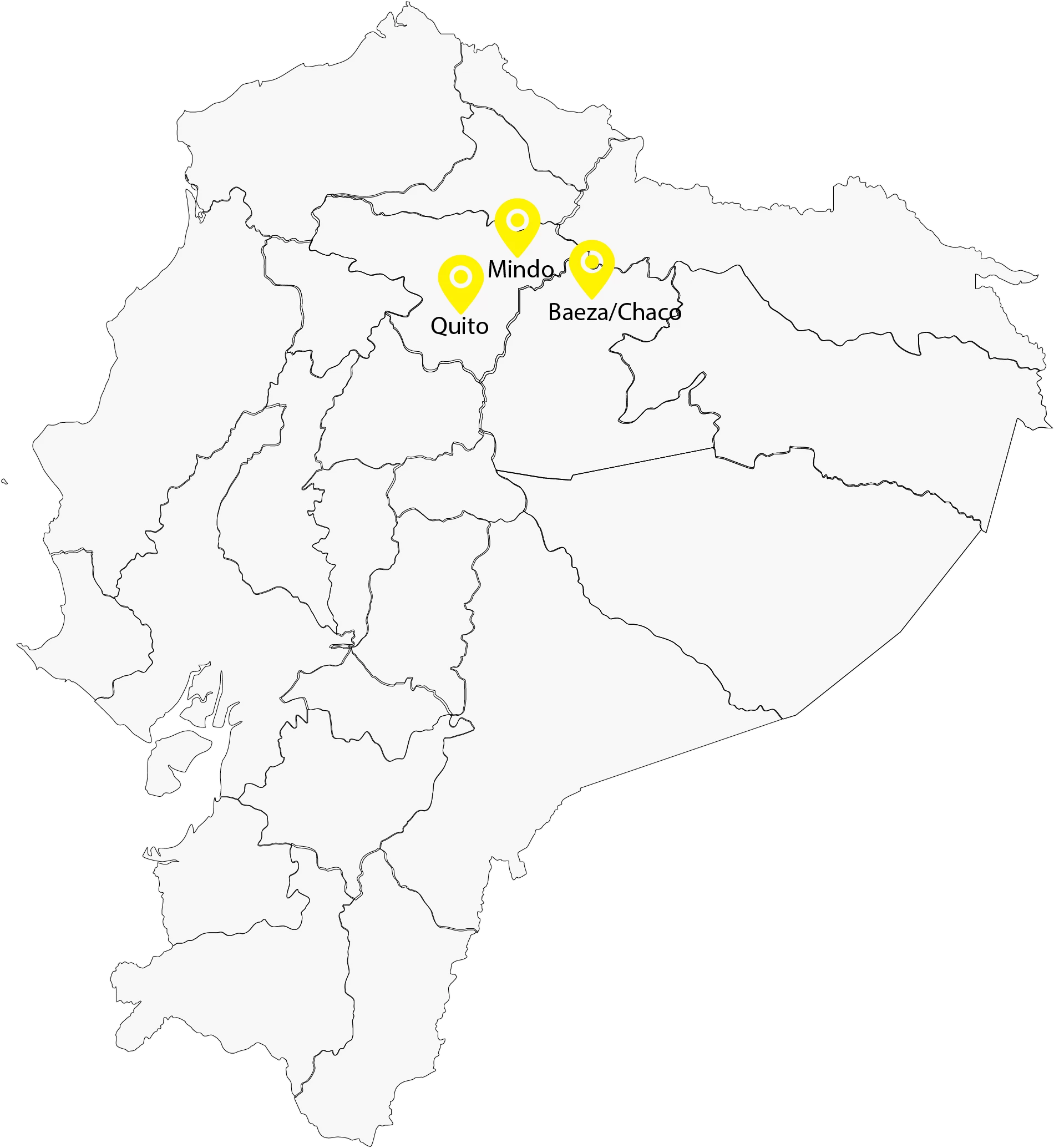
Itinerary
Day 1: Quito Arrival
Today we will arrive at our hotel located in the valley of Puembo, near Mariscal Sucre
International Airport and the capital city, Quito.
In the evening we will have a welcome dinner where we will meet all the participants, we will introduce ourselves and we will have a short meeting in which we will inform about the activities of the following days.
Hotel: San Jose de Puembo Quito Airport, an Ascend Hotel Collection
Day 2: Cloud Forest (highlands)
Early in the morning (6am) we will embark on our trip to the high cloud forest area.
We will make our first stop in the parish of Nono, where we will seek, within a hide, to photograph the emblematic antpitta birds, among which are Chestnut-naped antpitta (Grallaria nuchalis), Ecuatorial antpitta (Grallaria saturata). Then we will looking for an owl that lives inside the forest, White-throated screech owl (Megascops albogularis). And of course, the air dancers, the hummingbirds, among which we have: the famous Sword-billed hummingbird (Ensifera ensifera), Mountain Velvetbreast (Lafresnaya lafresnayi, Black-tailed trainbearer (Lesbia victoriae), Sapphire-vented puffleg (Eriocnemis luciani), and around 10 more species.
If we are lucky, sometimes the Barred fruiteater (Pipreola arcuata) usually arrives.
After lunch, we will descend to the Nanegalito zone, as we will be stopping at a place with a very high diversity of hummingbirds (up to 23 species have been counted). Here, we can get very beautiful pictures of hummingbirds perched, among which we have, Purple-throated woodstar (Philodice mitchellii), Fawn-breasted brilliant (Heliodoxa rubinoides), Andean emerald (Uranomitra franciae), Sparkling violetear (Colibri coruscans), Green-crowned Woodnymph (Crowned Woodnymph), among others.
Sometimes oropendola, saltators, woodpeckers and tanagers usually arrive at the feeders. Here, our goal will be the Blue-necked tanager (Stilpnia cyanicollis), which is a spectacle of colors.
Hotel: Sachatamia Lodge
Day 3: Cloud Forest
In the morning we will go to a hiding place or “hide”, where we will look to make images of the Masked Trogon (Trogon personatus), Rufous motmot (Baryphthengus martii), sometimes it usually comes Barred forest falcon (Micrastur ruficollis), and if luck is with us, the famous Long- wattled umbrellabird (cephalopterus penduliger).
After breakfast we will go to a reserve to photograph the colorful Plate-billed mountain toucan (Andigena laminirostris), Toucan barbet (Semnornis ramphastinus).
Additionally, this reserve is excellent for tanagers, among which we can photograph:
Flame-faced tanager (Tangara parzudakii), Golden tanager (Tangara arthus), Blue-capped tanager (Sporathraupis cyanocephala), Black-capped tanager (Stilpnia heinei), Golden-naped tanager (Chalcothraupis ruficervix), Blue-winged mountain tanager (Anisognathus somptuosus), among others.
As in the entire cloud forest, hummingbirds also have their role, here we will focus on: Empress brilliant (Heliodoxa imperatrix), Green Violet-ears (Colibri thalassinus), Gorgeted sunangel (Heliangelus strophianus). Around 7-9 species of hummingbirds can be found here.
In the afternoon, we will go to another reserve looking for the Metallic-green tanager (Tangara labradorides), Beryl-spangled tanager (Tangara nigroviridis) and the Ocellated Tapaculo (Acropternis orthonyx).
Hotel: Sachatamia Lodge
Day 4: Choco Foothills
After breakfast we will go to a transition zone between the Cloud Forest with the biodiverse Chocó Forest (1,700 to 750 meters above sea level), where we will look for birds such as the Glistening-greed Tanager (Chlorochrysa phoenicotis), Moss-backed tanager (Bangsia edwardsi), Black-chinned mountain tanager (Anisognathus notabilis), Orange-breasted fruiteater (Pipreola jucunda), Golden-collared Honeycreeper (Iridophanes pulcherrimus), Crimson-rumped toucanet (Aulacorhynchus haematopygus), Rose-faced Parrot (Pyrilia pulchra), among others
After lunch we will looking for one of the most iconic birds of the cloud forest and the world, the Cock-of-the-rock (Rupicola peruviana). The males concentrate in places called “Lek”, where, in a duel of songs and dances, they court the females.
Hotel: Sachatamia Lodge
Day 5: Toucans and Quito
After breakfast, we will go to another place where we will take our last photographs of the Cloud Forest and its beautiful species, we will be able to observe the Pale-mandibled Aracari (Pteroglossus erythropygius), Choco toucan (Ramphastos brevis), Yellow-throated Toucan (Ramphastos ambiguous), Green honeycreeper (Chlorophanes spiza), Red-headed barbet (Eubucco bourcierii).
Once we finish our photos, we will start our trip to the capital of the country, Quito. *On the way we will make a stop to photograph white-bellied woodstar (Chaetocercus mulsant).
Hotel: San Jose de Puembo Quito Airport, an Ascend Hotel Collection
Day 6: Antisana Ecological Reserve
We start the day from Quito to the Antisana Ecological Reserve.
In the morning we will go to the “Iscos” to try to photograph the Andean condor (Vultur gryphus) who is flying over the valleys.
In addition, our objective will be to photograph the Carunculated Caracara (Phalcoboenus carunculatus), nice raptors with colorful faces and mottled vest. Also the Black-faced Ibis (Theristicus melanopis), very long-beaked birds that, unlike Caracara, are not as friendly to humans.
In this area is the Giant Hummingbird (Patagona gigas), the largest in the world! Also, the famous Ecuadorian hillstar (Orotrochirus chimborazo)
On occasions, raptors as the Black-chested Buzzard-Eagle (Geranoaetus melanoleucus) and Variable hawk (Geranoaetus polyosoma), can be seen flying over the valleys
Once this tour is over, we will go to the Eastern Cloud Forest, where we will enjoy a delicious dinner at the lodge, a very homely place.
Hotel: Rio Quijos Ecolodge
Day 7, 8: Eastern slope
Today we will spend the morning photographing different species of birds around the hotel feeders and spots, from its deck we can photograph some species such as Mountain cacique (Cacicus chrysonotus), Masked trogon (Trogon personatus), Blackburnian warbler (Setophaga fusca), Saffron-crowned tanager (Tangara xanthocephala), Montane woodcreeper (Lepidocolaptes lacrymiger). This is, also, one of the best places for Cock of the Rock (orange subspecies).
After lunch we will visit another reserve where it is possible to photograph: Green-backed hillstar (Urochroa leucura), Gorgeted woodstar (Chaetocercus heliodor), Tawny-bellied hermit (Phaethornis syrmatophorus), Bronzy inca (Coeligena coeligena), Violet-fronted brilliant (Heliodoxa leadbeateri), Inca jay (Cyanocorax yncas), Russet-backed oropendola (Psarocolius angustifrons), Spot-breasted woodpecker (Colaptes punctigula), among others.
Hotel: Rio Quijos Ecolodge
Day 9: Las Brisas
Today we will have a full day of hummingbirds, in which we can see: long-tailed sylph (Aglaiocercus kingii), Orange-booted racket-tail (Ocreatus underwoodii), Green-backed hillstar (Urochroa leucura), Violet-fronted brilliant (Heliodoxa leadbeateri), among others.
Additional, we can do multi-flash photography.
Hotel: Rio Quijos Ecolodge
Day 10: Papallacta - Quito
Early in the morning we will go out to visit Papallacta Pass; this place is one of the best areas to observe some special birds such as Rufous-bellied seedsnipe (Attagis gayi), Rainbow-bearded thornbill (Chalcostigma herrani), Giant conebill (Conirostrum binghami), and other paramo birds.
In the afternoon we will be back at the hotel and guests will have time to shower, have dinner and pack for the next day’s return.
Hotel: San Jose de Puembo Quito Airport, an Ascend Hotel Collection
Day 11: Departure Day
After a comfortable rest and a delicious breakfast, we are ready to return to our home.
Please check your flight time.
Featured sightings
Included
- Accommodation.
- All meals listed in the itinerary.
- Expert photography guide.
- Private ground transportation.
- Entry fees to reserves.
- Single room supplement applies.
Not included
- Domestic and international flights, as well as airport taxes.
- Additional nights.
- Alcoholic drinks, snacks, and beverages not included in meals.
- Laundry services.
- Personal expenses.
- Travel insurance (we recommend obtaining one).
- Tips.
- Any other services not specified in this document.
General tips
To ensure a better experience, it’s important to keep in mind some key factors that will make your stay in Ecuador more enjoyable:
- If you like bringing back souvenirs, we recommend carrying extra money to purchase items in the various locations we will visit (Ecuador’s currency is the US dollar). It’s advisable to carry small bills or coins, as most places do not accept $50 or $100 bills.
- In tropical areas, there are mosquitoes, so insect repellent is essential.
- Sunscreen.
- Hat or cap.
- Flashlight (preferably a headlamp).
- Fabric bag to store wet clothes.
- Water bottle.
Photographic equipment
As photographers, we know how challenging it can be to decide what gear to bring on trips—we always want to pack everything to make the most of the experience. Below are our recommendations for what equipment to bring:
- Long lens (range 200 – 600 mm).
- Rain cover for your equipment.
- Tripod.
- Diffusers.
- Batteries.
- Battery charger.
- Cleaning kit.
- Plug adapter for international chargers (Ecuador uses Type A and Type B plugs with 110V).
Clothing
Cloud Forest
Mindo, located between 1,200 and 1,800 meters (3,900–5,900 feet) above sea level, has a cool and humid climate. Temperatures range from 15°C to 25°C (59°F to 77°F), with a high probability of rain, especially in the afternoons. Bring waterproof clothing or a good poncho, along with comfortable, non-slip shoes for walking on slippery trails. A light jacket may also be useful for cool mornings and evenings.
Andes
In Antisana Ecological Reserve, located in the Andean region that is above 3000 m.a.s.l. there will be cold currents, so it is important to wear warm and waterproof clothing.
tour leader
He graduated in advertising career at the San Francisco de Quito University.
He worked on his career until 2017, since then he made the decision to live from his passion, nature photography. In the same year he started his own business, Photo Wildlife Tours, in which it is dedicated to wildlife photography tours, and conservation. In addition to other audiovisual projects.
In the year 2022 he became the first Ecuadorian to win a category of Wildlife Photographer of the Year, “Animals in their environment”.
Do you need more information?
- 593 98 904 9567
- [email protected]
- Quito - Ecuador
